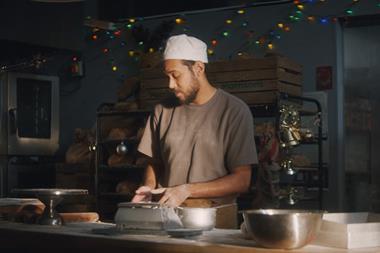This week provided ample evidence of the phenomenon, with Tesco revealing record profits of£2.2 billion on Tuesday, followed by awful figures from Instore and Clinton Cards yesterday.
The two are indirectly connected. In most Tesco stores, you can now buy anything you would previously bought at Instore or Clintons.
Of course, these aren't the only two general retailers that have found themselves hit by the supermarket onslaught, and no one is finding it easy. But the problem for both Instore and Clinton is that neither offer the quality of experience that will persuade shoppers to make a trip to their stores rather than picking up their goods at the supermarket.
Instore has tried, by gradually introducing its new brand in place on the tired Poundstretcher format, but yesterday's results show that the new look still needs plenty of work if the stores are to become a real destination.
As for Clinton, its garish orange stores have failed to move on at all and it faces competition not only from the supermarkets, but also from a resurgent WHSmith. It looks very much as though the distraction of integrating the Birthdays chain, which has proved a bigger job than expected, has taken management's eye off the ball.
For both these companies, there are no easy answers. Being a general merchandiser with no particular point of difference is a difficult position to be in and will only get harder. Attempts at reinventing businesses, such as rebranding to Instore, are necessary, but a new look in itself won't be enough to win customers back.
There has been a lot of talk following Tesco's figures about the power of supermarkets, much of it hot air. Just today, Friends of the Earth has begun a campaign to persuade shoppers to use small independent stores rather than supermarkets.
There are questions to be asked though. If the anti-supermarket lobbyists wanted an example of the impact of Tesco, they could do worse than visit Slough, where a 100,000 sq ft Tesco Extra store opened in the town centre last year.
It lies across the road from the main shopping centre, where, on a quick look around yesterday, somewhere between 20 and 25 per cent of units are empty. Many of those remaining are either mobile phone retailers or value independents. The question is, how much has the Tesco store contributed to this once-bustling town centre's decline?


























No comments yet